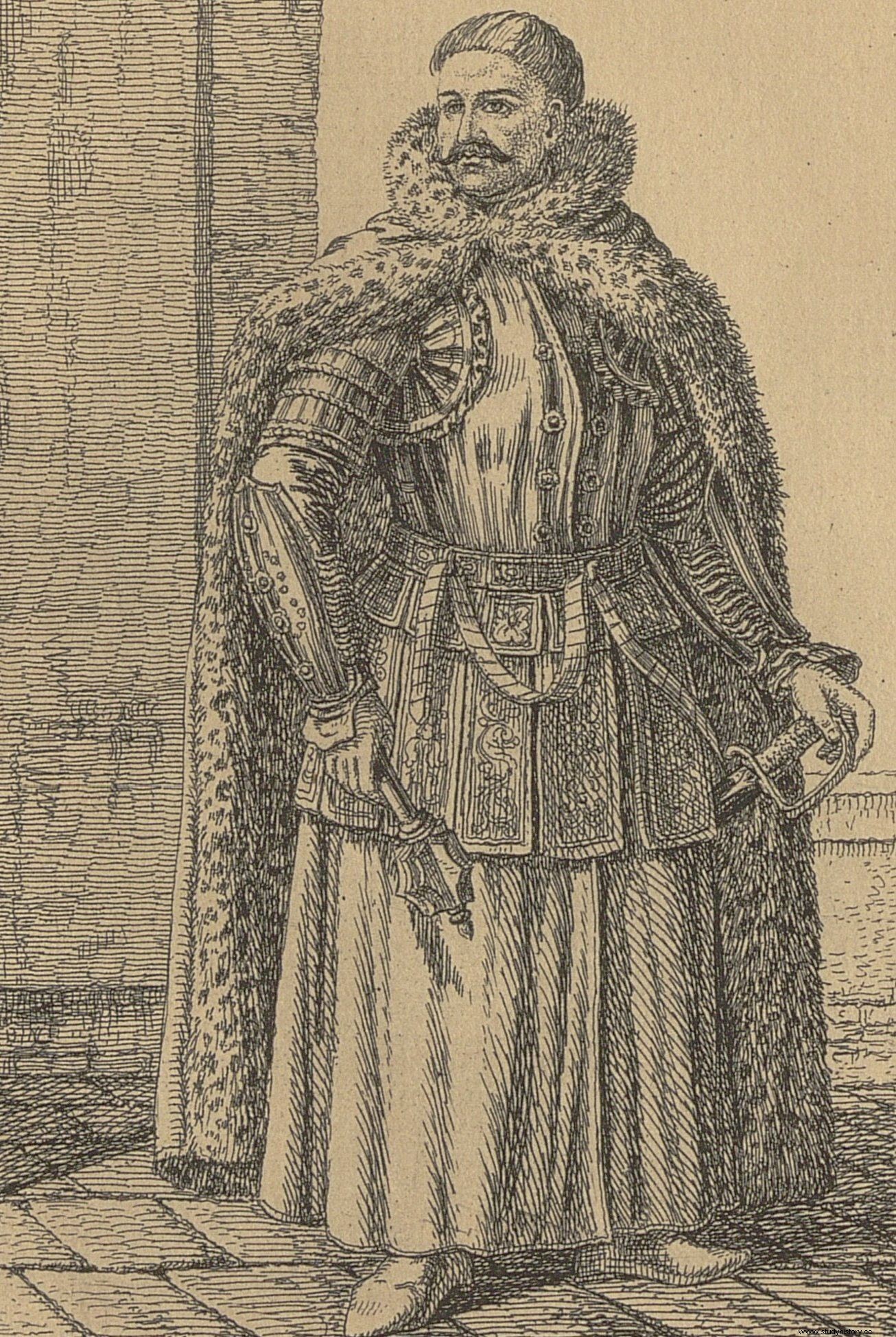The effectiveness of Jan Sobieski on the battlefield was legendary. Regardless of where and under what conditions he fought, he won over and over again. It is hardly surprising that in 1683 it was recognized that only he would be able to defend Christian Europe against the Turkish onslaught. How did he do this?
What was his style of commanding the army? First, as a hetman, and later as a king, he skillfully used the advantages of various types of weapons (he used them during each of the aforementioned campaigns - even during the expedition to czambuły).
Moreover, he efficiently combined different martial arts. The basis was, of course, the old Polish strategy of destroying the enemy in one general clash (it worked well, among others, at Chocim, Vienna and Parkany). But Sobieski did not shy away from maneuvering tactics and operating separate, mobile groups (folds).
A hallmark of surprise attack
These separate groups did not work in a vacuum - they had strong fortresses at their disposal, which could be used as a shelter if necessary. Sobieski was able to exploit field fortifications or terrain to his own advantage, so as to eliminate the numerical advantage of the opponent.

Sobieski successfully combined the old Polish art of war with maneuvering tactics.
During the battles and minor clashes with Tatars and Cossacks, he tied the main enemy forces with small light cavalry or armored units, and then made a decisive blow with all his might. This was the case, for example, in Pidhaitsi, Bracław, Kalnik, during the expedition to czambuły or near Lesienice. He was based on the experience gained from fighting the Tatars and from the period of service under the command of Stefan Czarniecki.
Sobieski's hallmark was definitely in his actions, the use of fast marches and dragoons without cannons and rolling stock, as well as the use of the element of surprise and lightning-fast maneuvers.
Usually he chose the battlefield (except for the clashes at Khotyn and Parkany). In this way, he could make the best use of the advantages of his troops, at the same time eliminating the advantage of the opponent and revealing his weaknesses (...).
Sobieski skillfully juggled forces in combat - including those belonging to the other side. In the second Battle of Parkany (October 9, 1683), he made the Turks focus on the Poles' attacks on the left wing and the center, at the same time preparing a decisive strike from the right wing. He based his plans for individual campaigns and battles on a good knowledge of the enemy and his weaknesses.

You can read about the greatest leaders in our history in the book "Polish gods of war" .
Fearless Warrior
He was not afraid of the risk. When he made the decision to divide the forces during the Pidhaitsi expedition - against the rules of the old Polish art of war - he was aware that in 1666 such tactics led to two serious disasters (at Mątwy and Brahiłów). However, he trusted his intuition - and quite a lot of experience at that time.
It was similar in 1673, when he stood in front of the Khotyn trenches, in which half a century earlier the Polish army successfully defended itself against the troops of Osman II for weeks. Then he ordered a general strike. He realized that the late hour (November) would not allow for long siege operations.
And because the Turks decided to defend themselves from behind the fortifications - as before Chodkiewicz's army - he ordered the soldiers to stay at the post all night, exposing them to the cold and an unexpected night attack by Hussein Pasha. He also stayed with his troops, and in the morning he threw them into battle.

The Battle of Chocim in the painting by Franciszek Smuglewicz.
In this way, he took advantage of the unfavorable weather conditions (to which his subordinates were more resistant than the newcomers from the south) and the fact that Turks, insured with trenches, would not be stuck in them all night long. The morning attack surprised them, allowing Sobieski's infantry to invade the embankments and destroy them. Then the horse, waiting in the second throw, entered the fight.
He also showed a great sense of the situation during the siege of the Pidhaitsi camp in 1667. At that time, he did not hesitate to trust the local peasants, believing that they would care more about defending their homes against the Tatars than joining Doroshenko's Cossack troops. Thanks to this, he was able to nullify his opponent's advantage - and (once again) won.
***
You can read about the secret of the successes of our greatest leaders in the book "Polish gods of war" . The above text is an excerpt from the chapter devoted to Jan III Sobieski.
